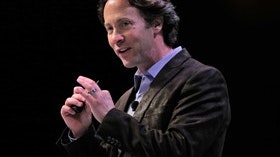Homepage
•
Learning Library
•
Blog
•
Is technology ruining kids?
Expand breadcrumbs
Expand breadcrumbs
- Learning Library
- Blog
- Is technology ruining kids?
- Homepage
- •
- Learning Library
- •
- Blog
- •
- Is technology ruining kids?








